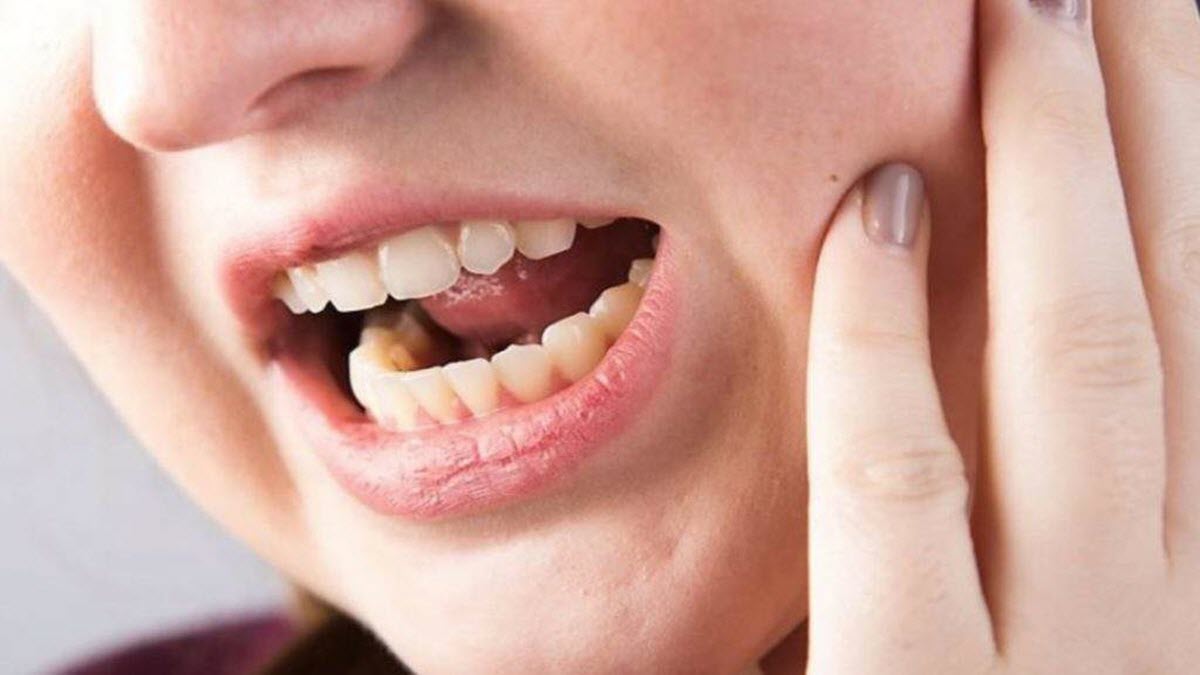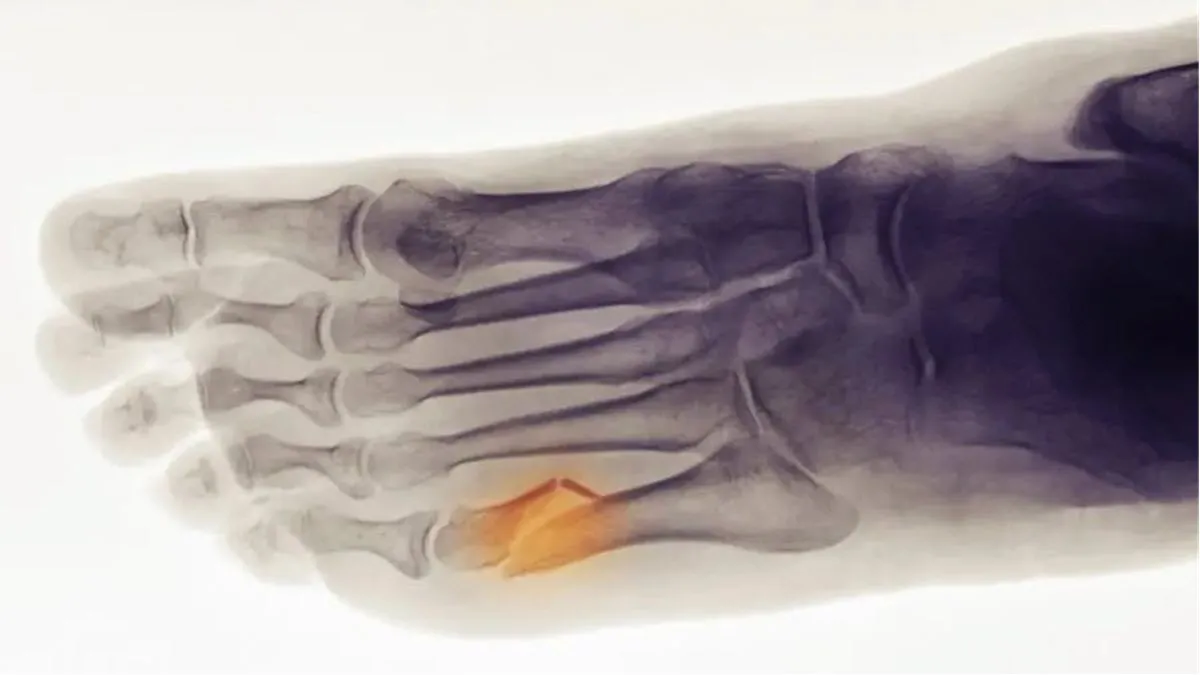The diabetic foot is a major health problem in Canada and is a common cause of hospitalization and amputation. Patients who have diabetes are susceptible to skin ulcers, infections and / or Charcot arthropathy. The primary etiology is peripheral nerve damage resulting in loss of protective sensation, autonomic dysfunction and / or motor impairment.
Poor blood flow to the diabetic foot damages the nerve which will affect sensory perception, repetitive trauma will be misperceived. This misinformation creates an ideal environment for the skin to become injured and ulcerated.
- Extrinsic forces, such as tight shoes, can contribute to the breakdown of the skin.
- Charcot arthropathy results from repetitive stress in a patient in whom pain and proprioceptive sensation are not perceived normally

- Recent studies have shown that synovial tissue is the main tissue involved.
- This results in progressive disruption of joint stability and severe bone deformities.
How diabetes can affect the foot
- Diabetic neuropathy:
- Uncontrolled diabetes can damage the nerves.
- If it damages the nerves in the legs and feet, then the heat, cold or pain will not be felt.
- This lack of sensation is called “diabetic sensory neuropathy”.
- If a cut or pain in the foot is not felt due to neuropathy, the cut could get worse and become infected.
- The muscles of the foot cannot function properly because their nerves are damaged.
- This could prevent the foot from aligning properly causing too much pressure on part of the foot when walking or standing.
- Peripheral vascular disease
- Diabetes also affects blood flow.
- Without good blood circulation, it takes longer for a wound or cut to heal.
- An infection that does not heal due to poor blood circulation can develop into an ulcer or gangrene.

Risk factor for foot ulcers in diabetic patients
- Neuropathy
- Sensorimotor (abnormal protective sensation)
- Autonomous (dry and cracked skin)
- Vascular disease
- Abnormal plantar pressure
- Abnormal gait in elderly people living alone
- Degenerative diseases of the hip and knee joints
- Muscular weakness
- Heal the tightness of the cord
- Pronation, supination deformities of the foot
- Close toes
- Thick mycotic nails
- Previous ulcers and amputation
- Soft tissue atrophy and fat pad displacement
- Poor hygiene
- Inappropriate shoes
- Blind or partial vision
- High activity profile
- Lack of education / low economic status
- Foot deformities
- Claw toes, hammer toes
- Hallux valgus and rigidus
- Deformities secondary to Charcot arthropathy
Charcot foot
- Charcot’s foot, is a condition of the bones, joints and soft tissues of the foot and ankle characterized by inflammation.
- It is the consequence of various peripheral naturopathies; however, the diabetic has become the most common etiology.
- The interaction of several factors (diabetes, sensorimotor neuropathy, autonomic neuropathy, trauma and metabolic bone abnormalities) results in an acute localized inflammatory disease which can result in varying degrees and patterns of bone destruction, subluxation, dislocation and deformity.
- The characteristic strain associated with this condition is the collapse of the midfoot.
- Pain or discomfort may be a feature of this disorder in the active (acute) stage, but the level of pain may be significantly reduced compared to people with normal sensation and equivalent degrees of injury.

X-ray


























